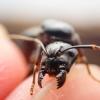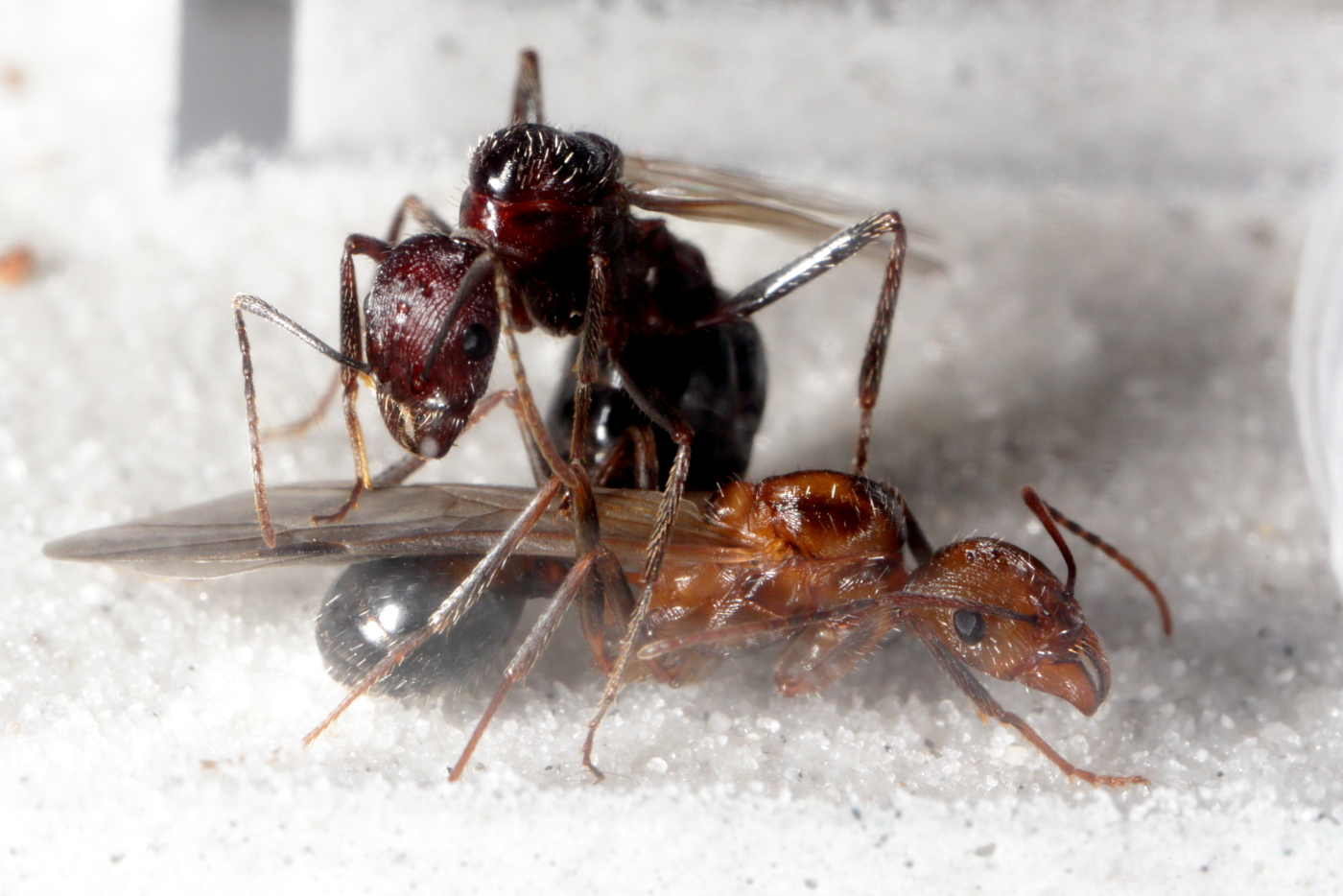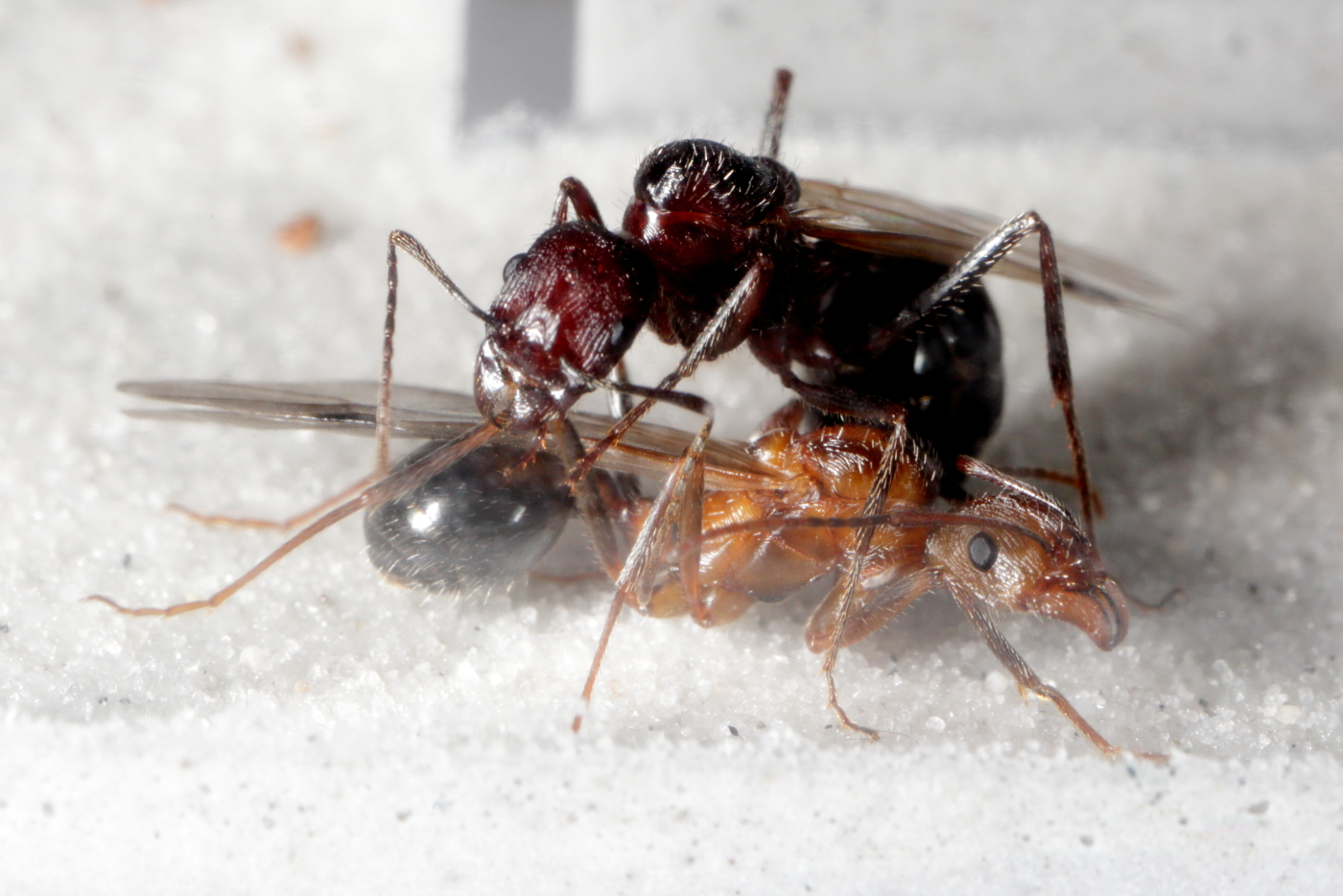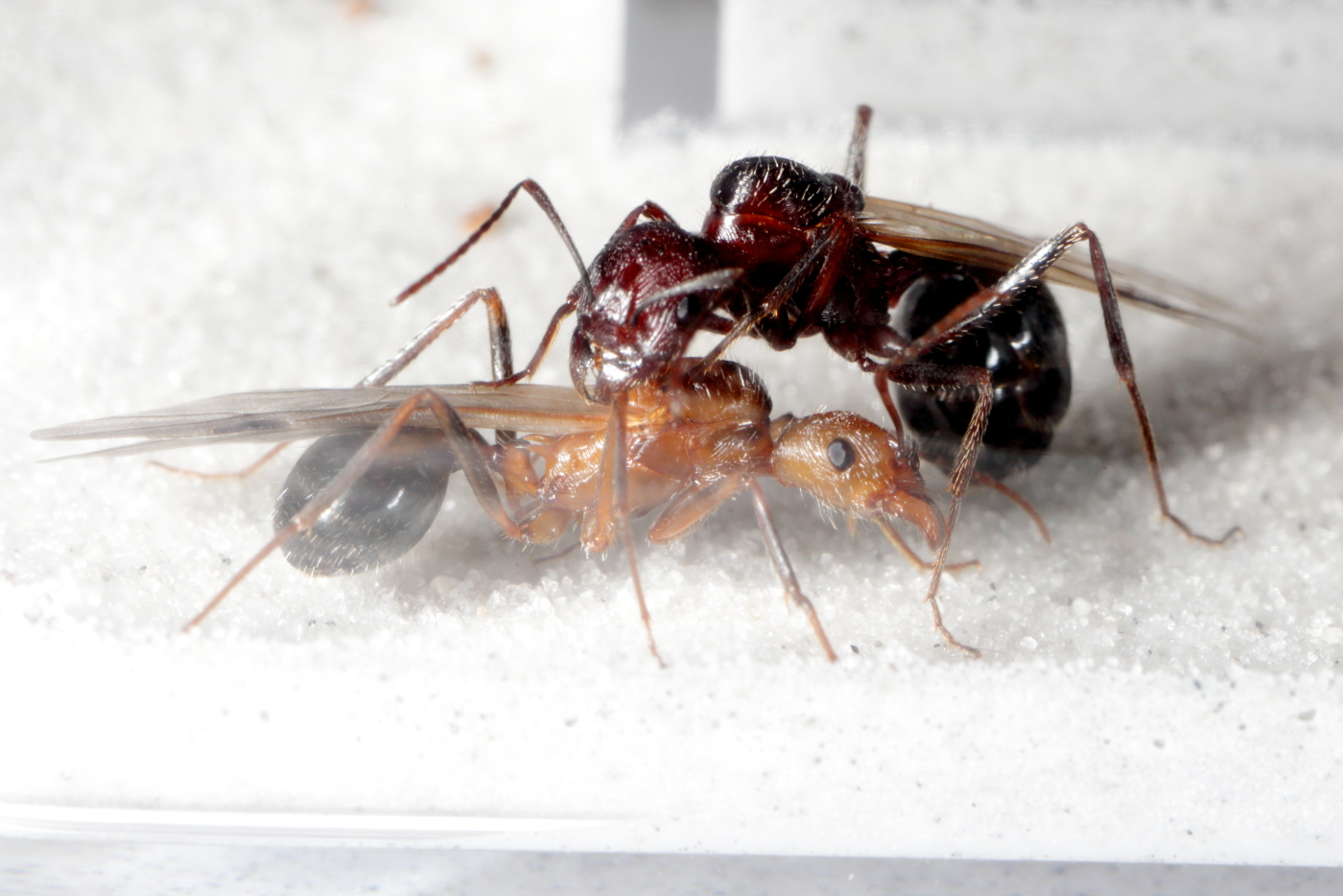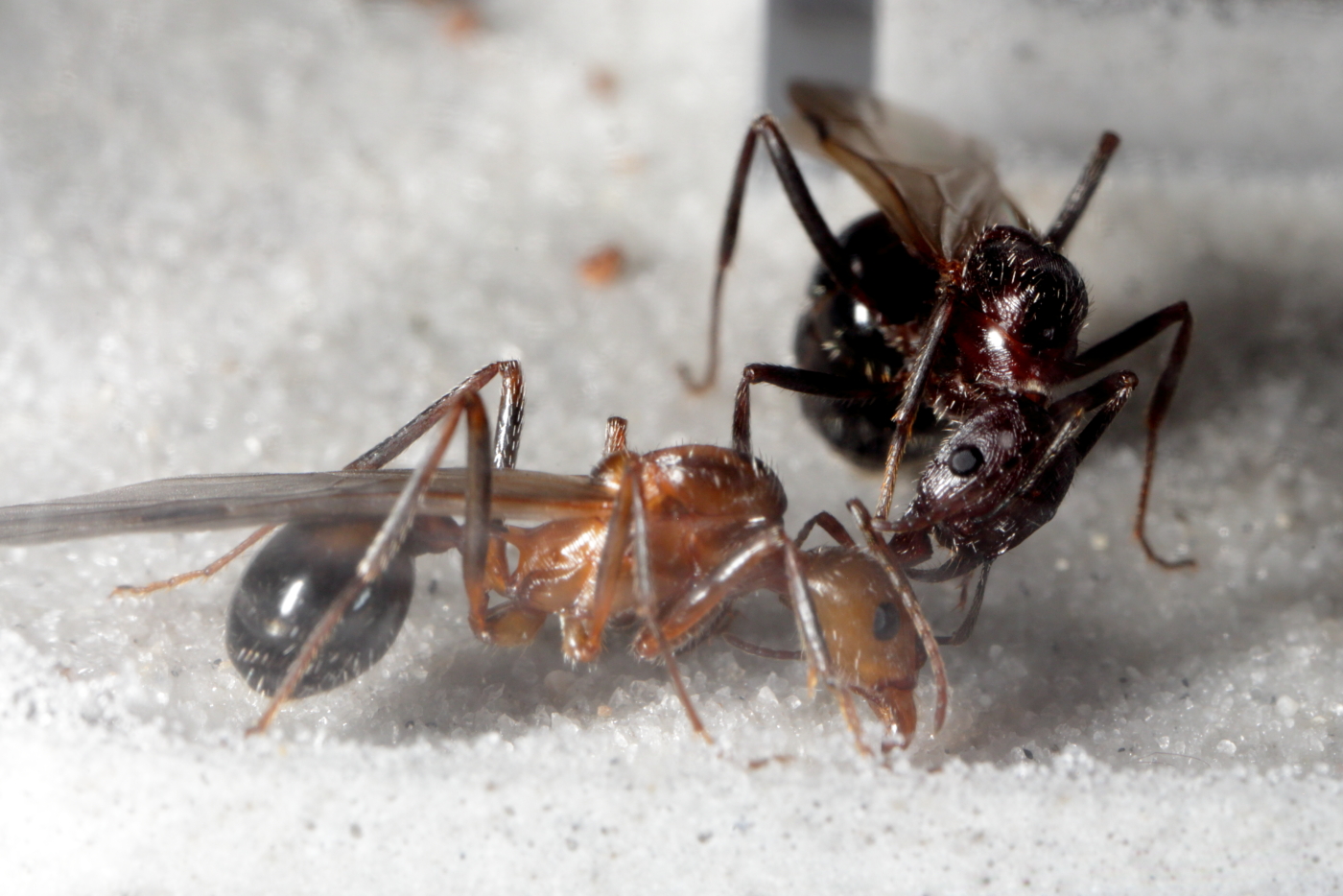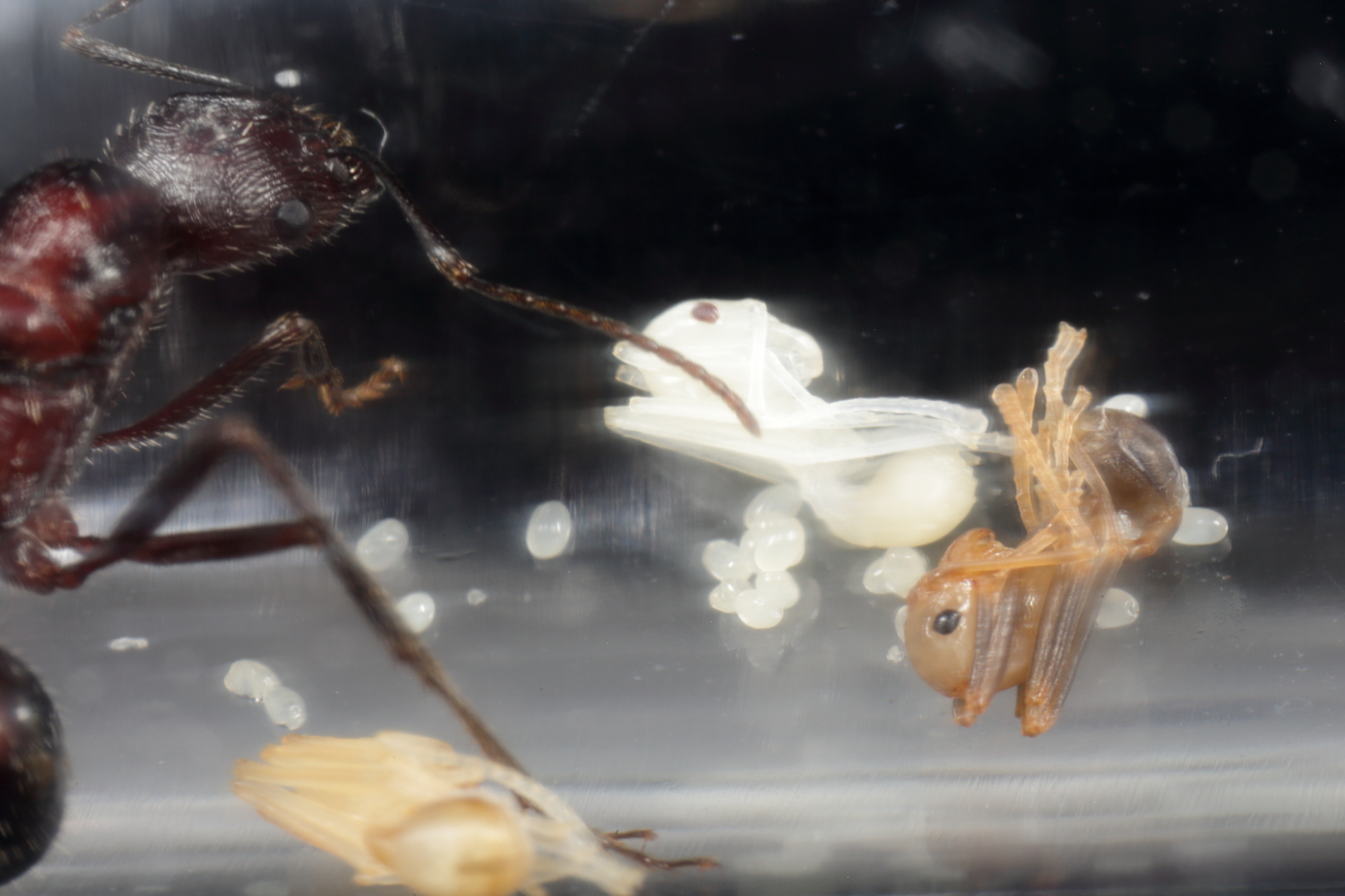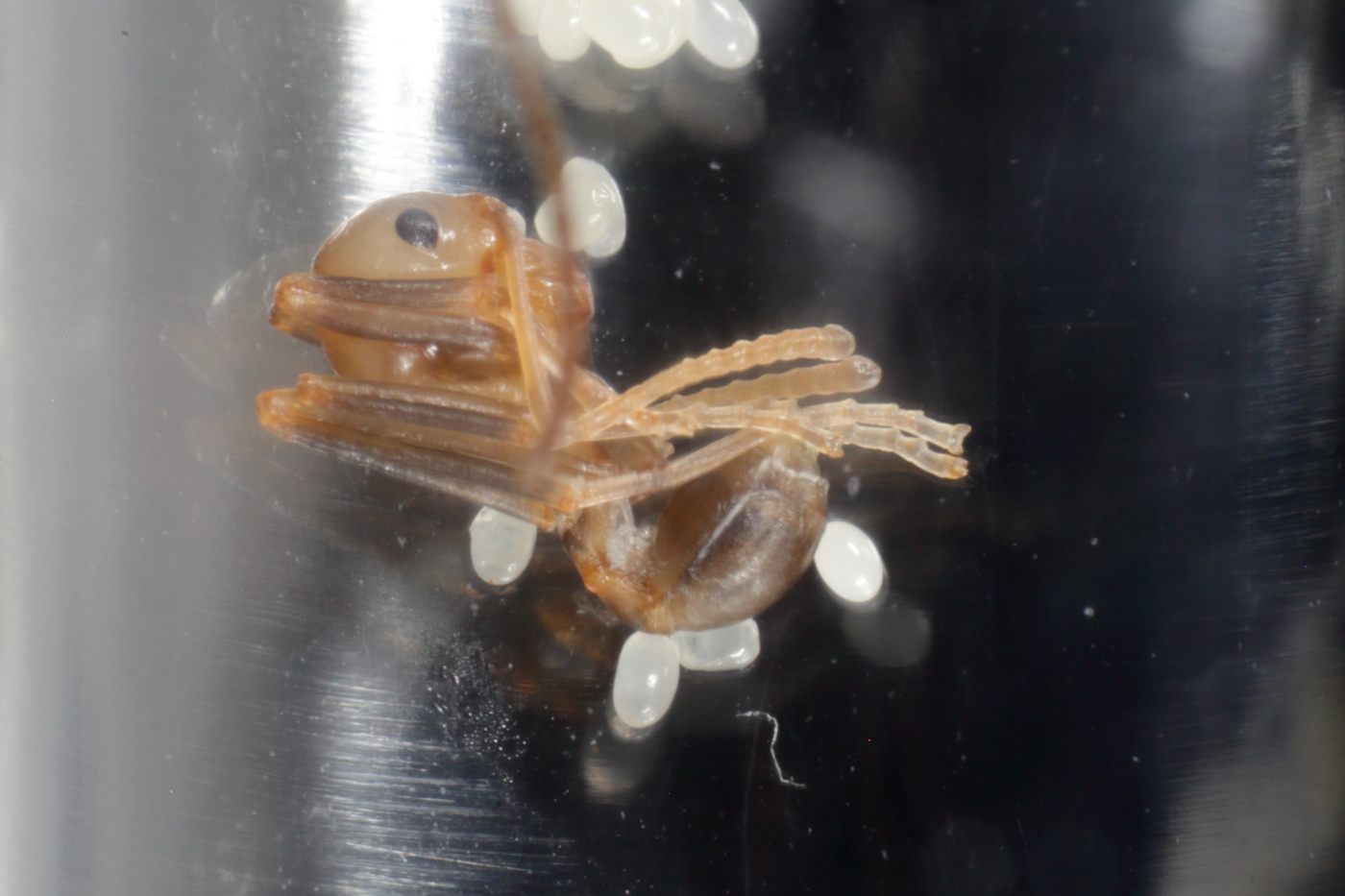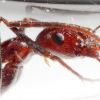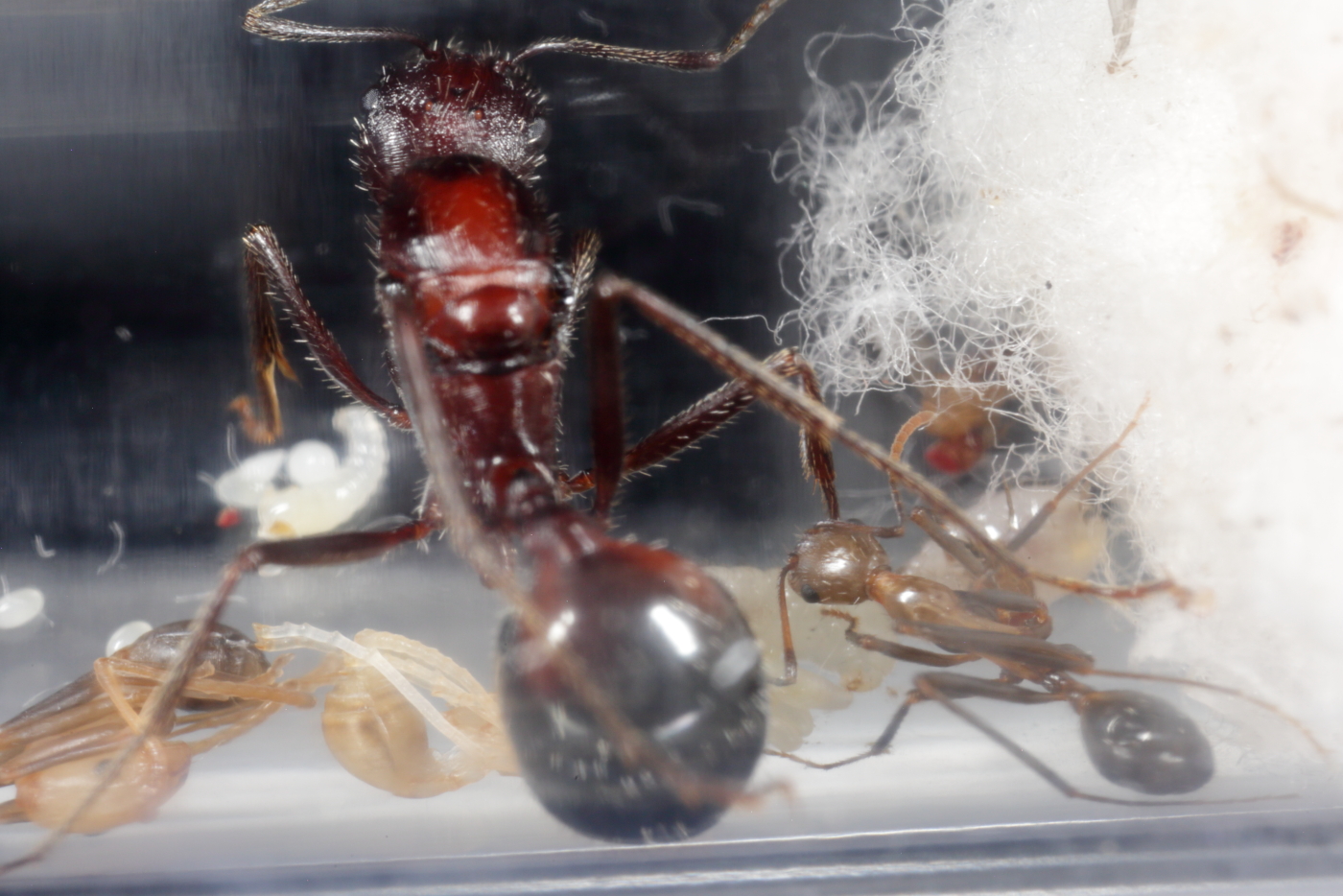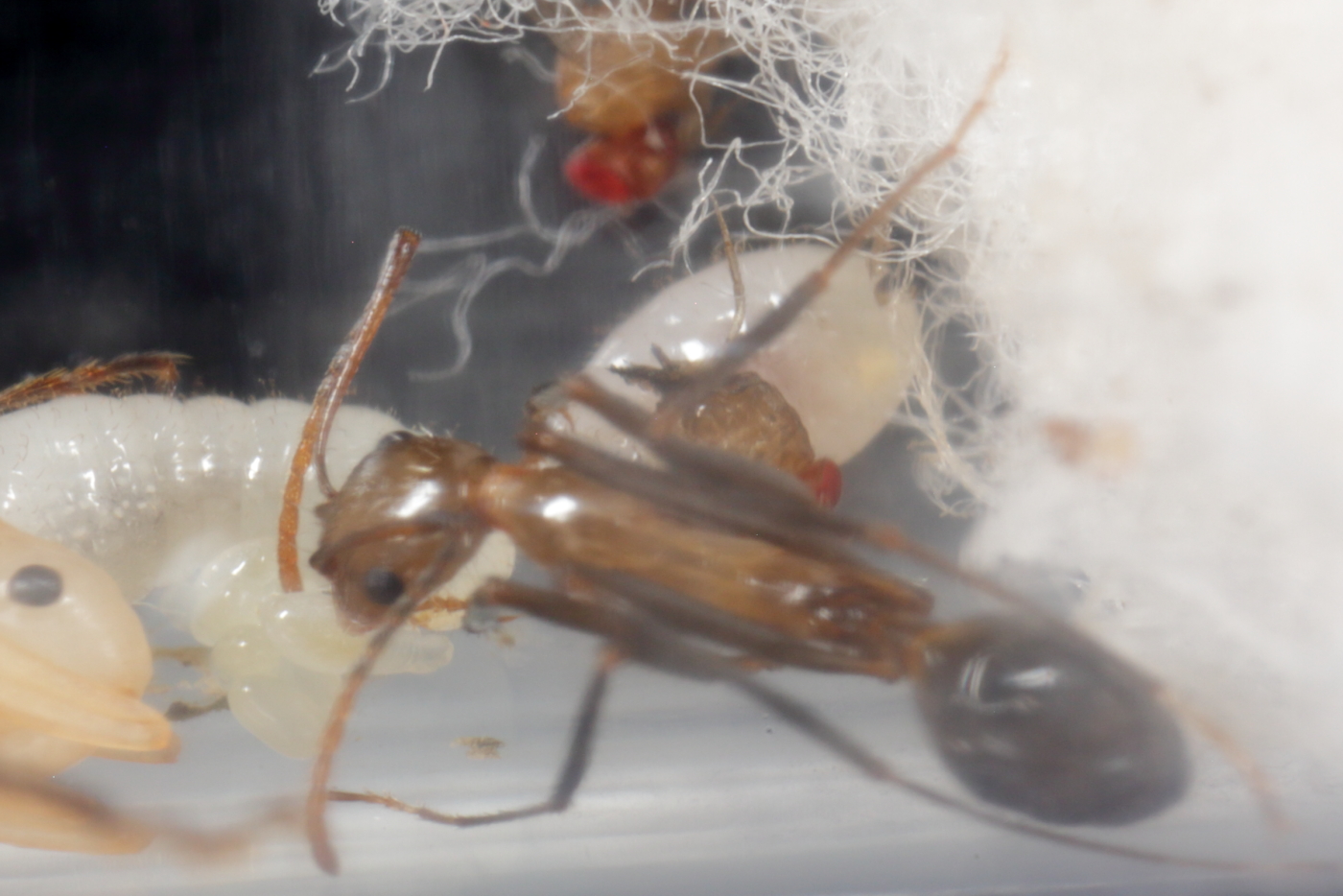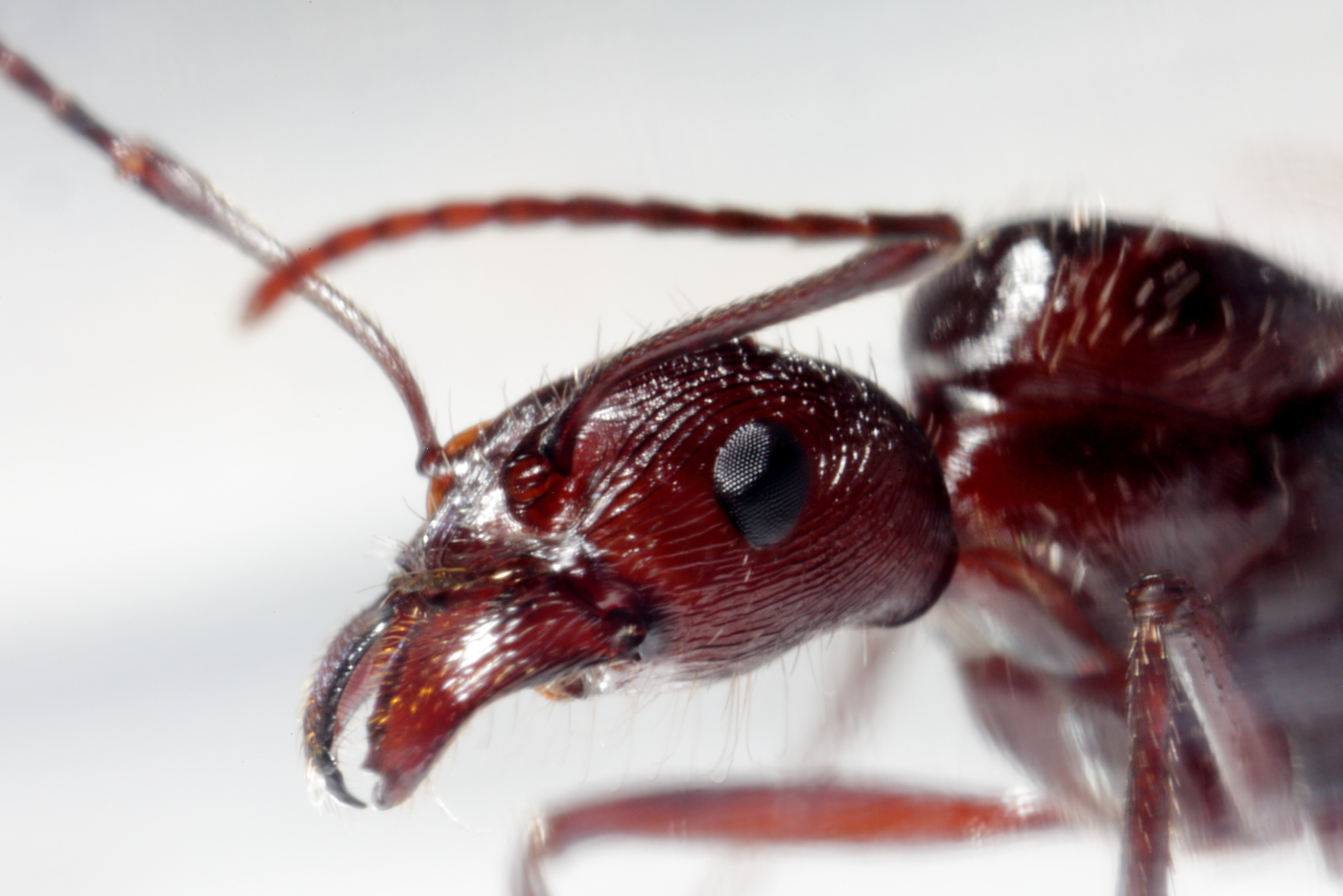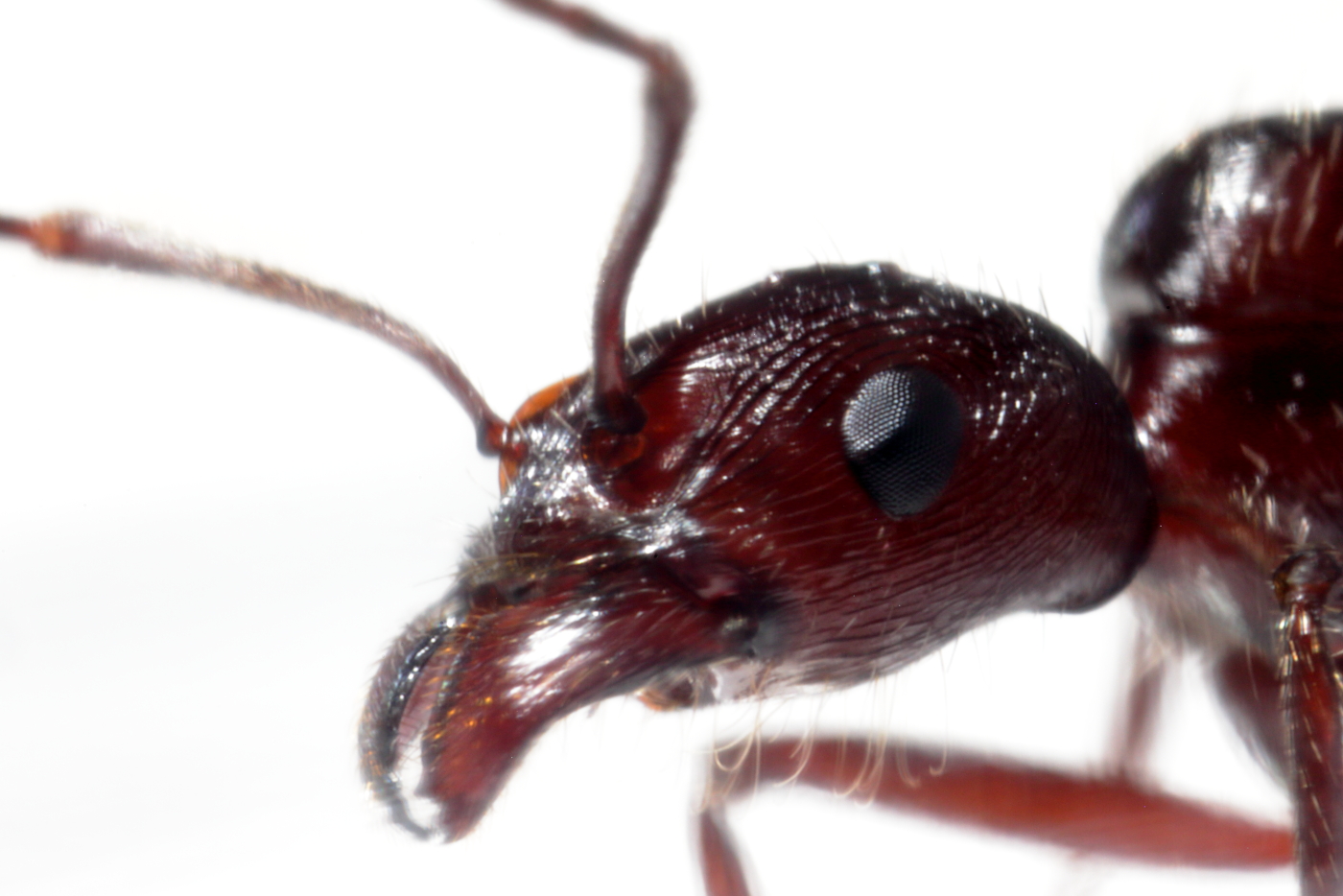Novomessor cockerelli
1. Location (on a map) of collection: Tucson, AZ, southern foothills of Santa Catalina Mountains
2. Date of collection: June 28, 2019
3. Habitat of collection: Sonoran Desert, 2400ft, foothills of Santa Catalina Mountains, mesquite trees and cactus
4. Length (from head to gaster): workers 9-10mm
5. Color, hue, pattern and texture: Workers Dark
6. Distinguishing characteristics:
7. Distinguishing behavior: Forage cool day and all night even some activity into the mid-40 degrees F
8. Nest description: New nests have round ring small pebbles, rain dispersed them considerably in pictures
9. Unmated queens seen in nest time and date: June 28, 2019
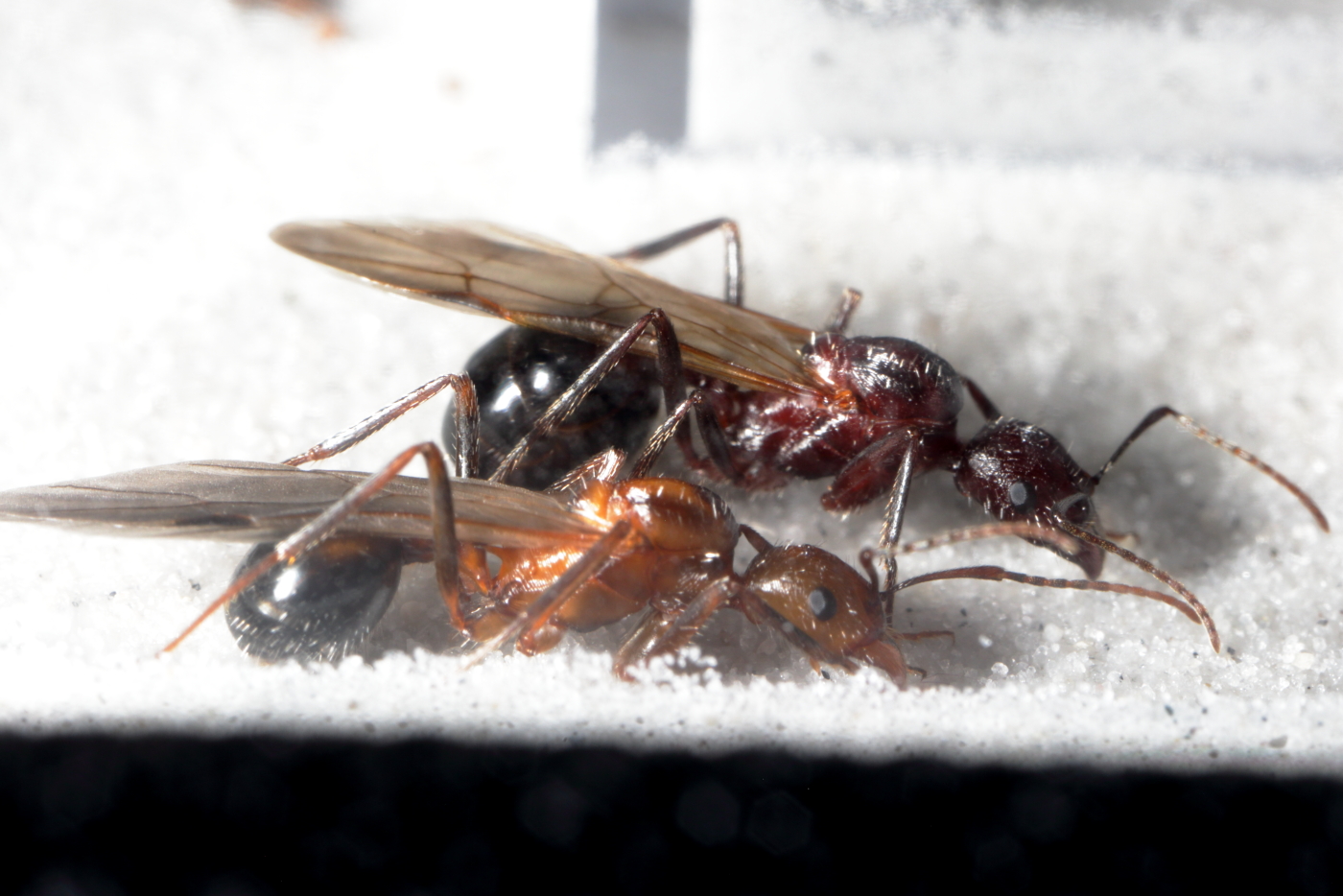
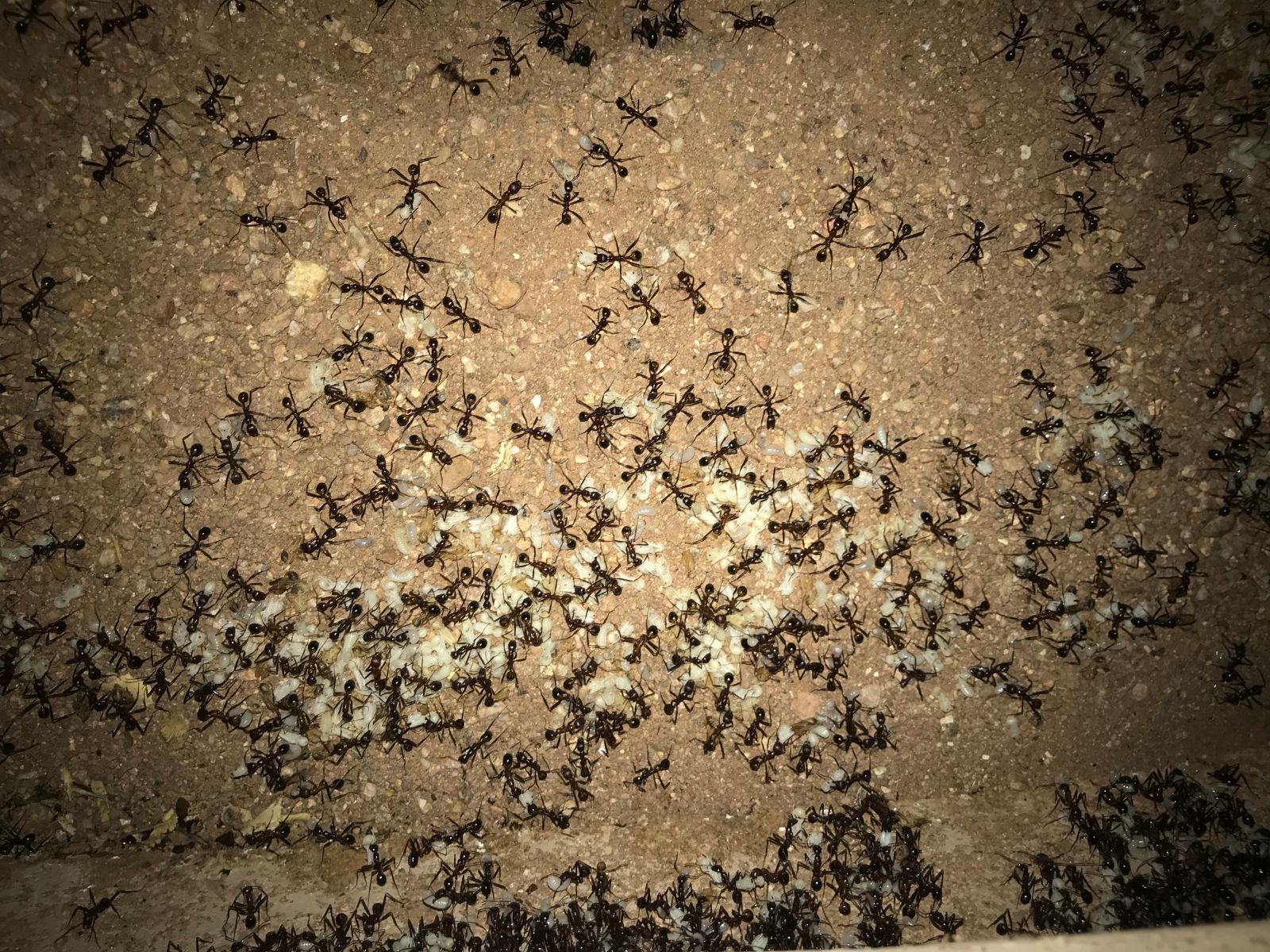
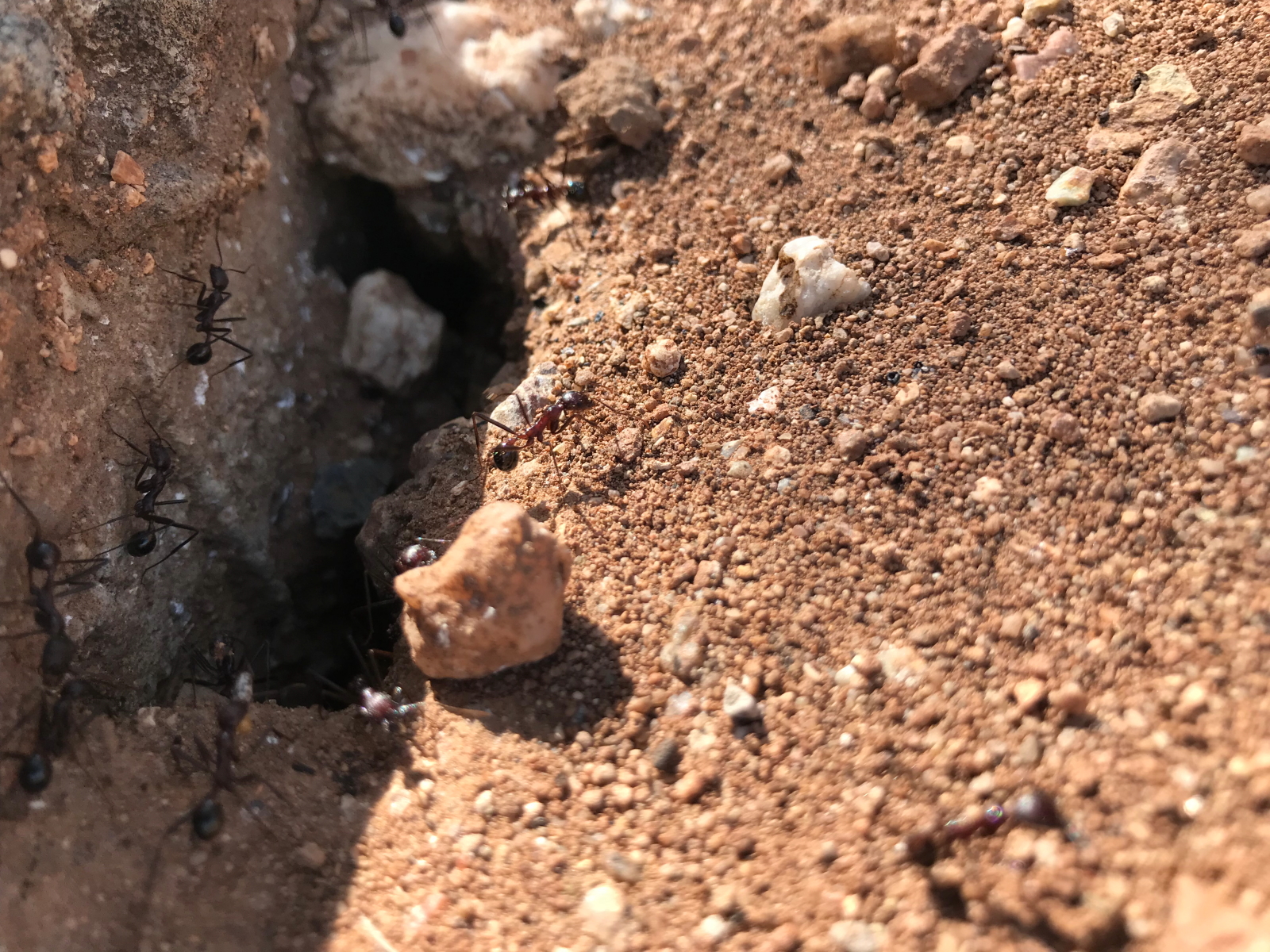
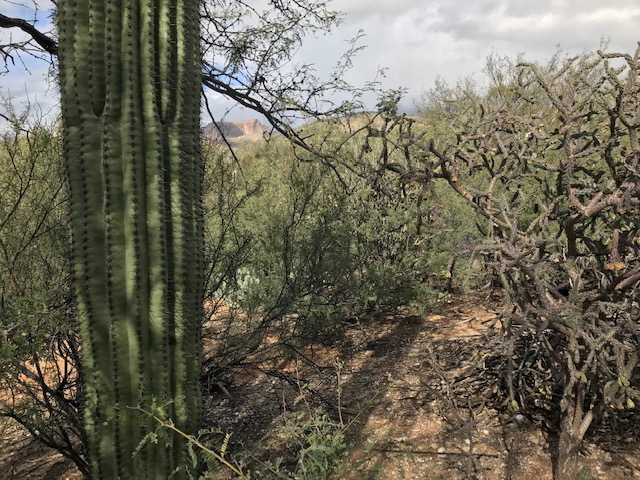
Edited by Maculata, July 10 2019 - 10:08 PM.




